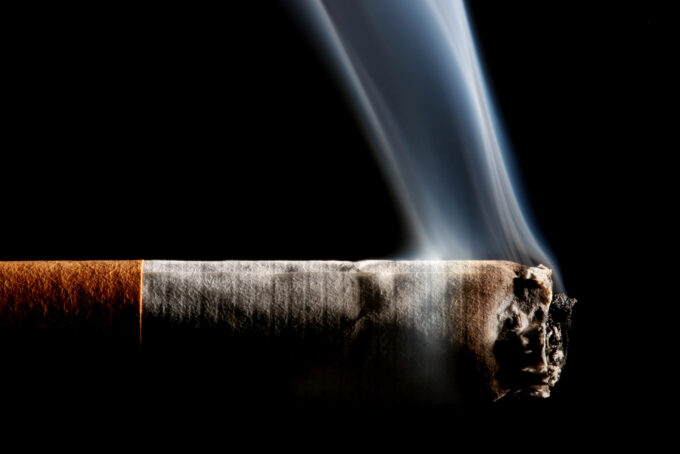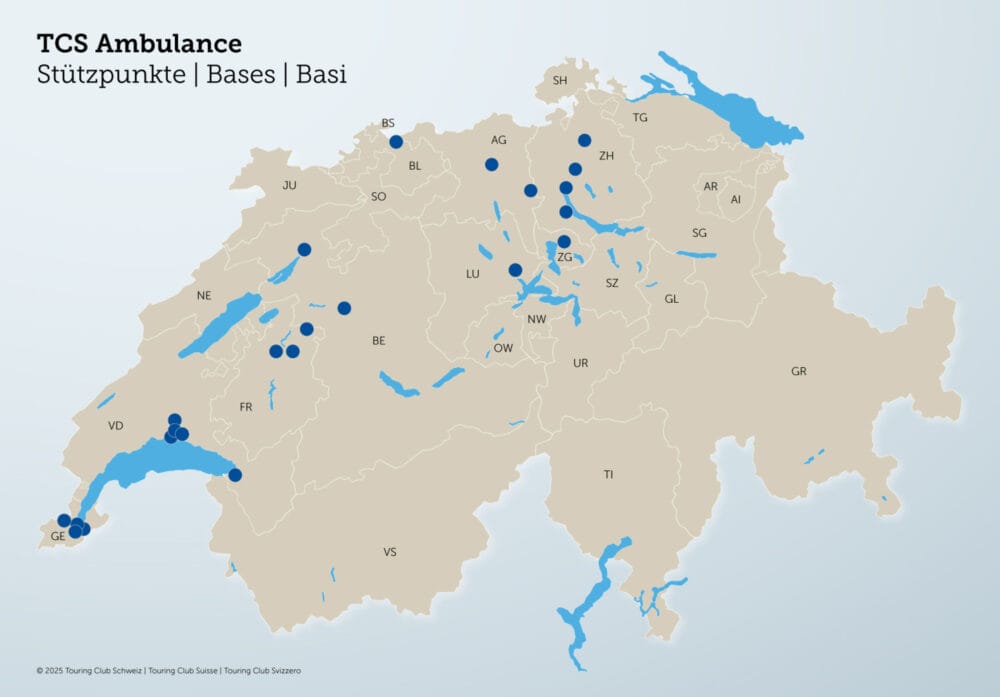New skin sensor watches over health
Ohio State University scientists are tinkering with a device that analyzes gases emitted by the skin. It is attached to a part of the body where sweat does not form, such as behind the ear or on a fingernail.

Apart from the mechanical signals triggered by the heartbeat, for example, health sensors have so far mostly analyzed sweat secretions to make statements about the wearer's state of health. But these require certain amounts of body fluid to make correct statements.
Glucose sensors, like those used by diabetics, have an electrode that is inserted into the subcutaneous fatty tissue. "Our sensor, on the other hand, is completely non-invasive," says doctoral researcher Anthony Annerino. "Our sensor breaks a sound barrier," says Pelagia-Iren Gouma, professor of materials science and engineering, who is Annerino's scientific supervisor.
The analysis of gases is a technical standard, at least in certain areas such as the measurement of blood alcohol content and the detection of viral infections based on the breath. But such use requires active intervention by others and also records only a snapshot. In addition, the amount of breath such devices require to make accurate statements is enormous, he said. The new sensors, on the other hand, make do with very low concentrations. Moreover, they are so small that they can be worn on the body without any problems.
Acetone analysis revealing
The sensor detects the concentration of acetone, for example. This tells a lot about blood sugar levels and fat burning rates. Or ethanol, which indicates liver damage. Annerino and Gouma have developed a film made of derivatives of plant cellulose and electroactive polymers. They held these over solutions containing ethanol (alcohol), acetone and water to measure sensitivity, selectivity and repeatability.
"We discovered that the film bends characteristically when exposed to certain gases. This happens in milliseconds," Annerino said. Machine learning is used to assign the particular bending to a specific gas.
Source: Press release









